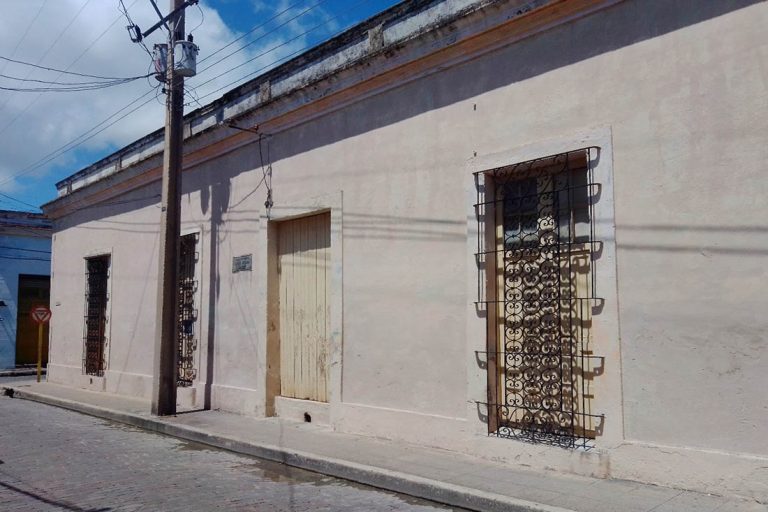Genesis in historical perspective
To perfect the power structure in a unified way between the metropolis and its colonies, in the 18th century, King Felipe V organized an entire administrative system that gave rise to the funds of different institutions: judicial, administrative, political, in the towns and major cities, such as Puerto Príncipe. They had Government Holdings, the Mortgage Registrar, customs inspection, represented in the councils. These institutions generated documentation in all orders under the observance of the metropolis.
In October 1764 the Crown ordered that under no circumstances the books and papers that were filed in the offices be extracted and that only the Viceroys, Presidents and Governors could send a Minister of the District Hearing with the Government Notary, so that through testimonies obtained the information they needed for the performance of their duties, and the extraction of documents from the archives of the offices was prohibited, even when requested by the judges. (Mesa, M. and Cabrera, G. p. 154).
During the first half of the 19th century, resolutions were followed as a result of the volume of organized stationery and in 1840 the General Archive of the Royal Treasury of the Island of Cuba was established.
Regional Historical Archive, distinctive in its typology
Components that justify its presence: It was one of the most economically important territories in the country; livestock development and the sugar industry are a proof of it.
On the platform of a solvent economy, a systemic development of cultural institutions is promoted, among them the transfer of the Audiencia of Santo Domingo to Puerto Príncipe, the college for the training of lawyers, the Economic Society Friends of the Country in Puerto Príncipe, multiple associations, among them, of instruction and recreation of different skin colors, professional, scientific, trades, religious, economic, insurance, loans, women, foreigners, among others.
Educational practices were deployed in religious institutions such as conventual schools, non-religious private and government academies for both sexes and different skin colors. The promotion of its own press that, among other objectives, taught its readers.
The institutional system together with the economic and intellectual development of the region allowed the development of a documentation that merited a self-sufficient documentary behavior in relation to other provinces of the country.
In the Republic, in 1904 Salvador Cisneros Betancourt asked president Tomás Estrada Palma the institutionalization of Archives in the country’s provinces. So in 1905 the file was structured in court and at the hearing.
1959
It was not until 1959 that a genuine cultural policy consciously oriented towards the preservation of the nation’s historical documentary heritage and the promotion of archival activity was promoted. So much so, that as early as 1959 the Regional Historical Archives were created, which would later be transformed, with the political-administrative division that occurred in 1976, into Municipal and Provincial Historical Archives, affiliated with the Academy of Sciences of Cuba. Both are part of a National Network and remain subordinate to the National Archive until 1985, when decentralization occurs: some belong to Culture, some to Justice and others to Offices of Historians or Curators of the City; although methodologically they would continue to be attended by the National Archive. The Provincial Historical Archive of Camagüey is part of the Ministry of Science, Technology and Environment (CITMA).
A sustained documentary service
For researchers from Camagüey, from the rest of the country, even the presence of scholars from the Caribbean, and other parts of the world make use of these documents treasured in this long-standing 18th century institution.
From different angles of social, technical, humanistic thought, among others, these documents are received by specialists, room technicians, curators, of high sensitivity and professional preparation.
In these times of the COVID 19 pandemic, the institution deploys precise alternatives to maintain its rooms with its documentary sources at the service of the nation’s scientific development.
Bibliography
Mesa, M y Cabrera, G. (2012) “Los archivos históricos cubanos: fuentes para la investigación histórica” en Millars, XXXV (pp. 151-171) ISSN: 1132-9823 Universitat Jaume.
Translated by: Aileen Álvarez García






